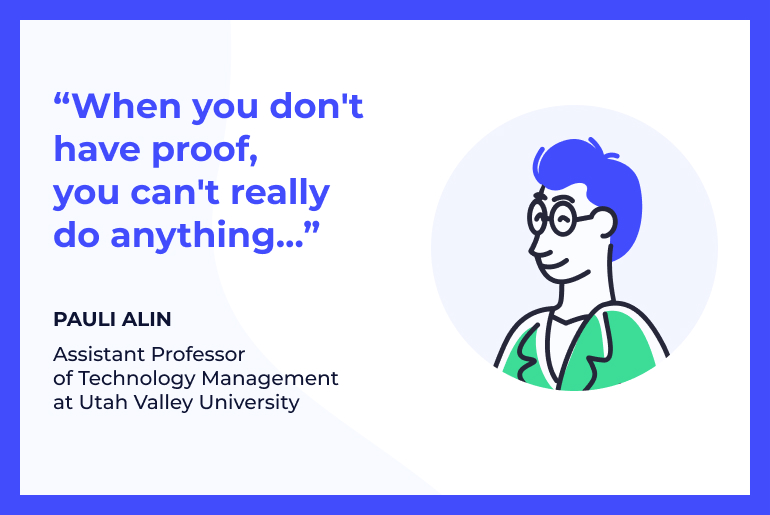Technology is changing the face of education. The digital age has transformed every aspect of culture and education as more opportunities are available for quick and instant communication, as well as tools that can help enhance teaching methods. In the education world, there is a mix of digital natives vs digital immigrants. But one of the challenges of the digital age is ensuring that all students are equipped to understand and utilize the technological tools at their disposal, a tall task given the rapid rate of innovation.
[Tweet “Educators must use technology to help students gain digital workplace skills.”]
The old days in which offices ran on letter writing, faxes and phone calls are over. Today’s workplace is a thriving hub of video conferences, email, videos and web page optimization, and students who lag behind in these key digital processes will find the going difficult.
Teachers faced with this new reality must respond with digitally-based projects that take advantage of the entire spectrum of technological devices.
Here are some methods that can help educators achieve this goal:
1. Video Conference Projects
One of the most effective ways to teach students how to deal with the changing landscape of meetings is to introduce video conferencing into classroom projects. Many meetings in today’s workplaces are conducted through video conferences that often include employees working at different offices within a city, state or the country. But video conferencing is also widely used to meet with clients and customers who may be too far away for a face-to-face- meeting, yet still, require ‘face time.’
Teachers can implement video conference projects, in which two different classes ‘meet’ online to discuss and develop a project, which can also develop teamwork and teambuilding, another important aspect of the digital workplace. In addition, teachers can even designate a day in which they communicate with the class from a remote location through a laptop computer that is projected onto a big screen.
2. Web Page Creation Assignments
Creating web pages in a classroom can help students prepare for jobs in which creating and adding to an existing company website is a regular responsibility. Nearly every company has now created a website for online ordering, general information, and as a way to personalize the client or customer experience.
To prepare students for these tasks, teachers can assign web page creation assignments that require groups of students to develop, design and create their own websites and explain to the class how they arrived at each creative decision. Web page creation is also beneficial for elective classes such as art, graphic design and creative writing, as students in these courses are tasked with using their imagination in exciting and innovative ways to take advantage of digital tools that can help them market their creativity to a wide audience.
3. Video Recording Projects
Digital video recording has become one of the biggest ways that companies market their products. Viral videos that appear on social media sites such as YouTube, Facebook and Instagram are becoming essential to introducing new products and ideas.
Teachers can prepare students for digital video work by creating assignments and projects that must be completed solely through the use of video recording. This forces students to begin thinking visually instead of literally, because they have to communicate through visual images, interviews, and sound, instead of through the written word.
The digital age has made the image much more powerful and resonant than the written word, which is why so much online content is augmented with photos and videos. Studies have shown that people react to videos nearly instantaneously, whereas words take time to assimilate, and with short attention spans, may not even be read to completion.
4. Email Literacy Assignments
Every company in the digital age communicates by email, but the trick is to be able to effectively convey the proper message without creating confusion, or causing clients and customers to misunderstand a company’s intent.
Today’s students are much more tactile when it comes to cell phones, tablets, and laptops, and texting and email have become the dominant methods of communication. But shorthand is the lingua franca of the digital age, which won’t do when it comes to professional emails at the workplace.
That’s why teachers must assign email projects in which students can complete assignments such as emailing the local paper with an opinion on a social issue, or emailing a local politician about a cause. The idea is to hone writing skills when sending an email, because too many students are used to the slang terminology that’s in vogue, but that isn’t permitted in a professional work setting.
One challenge that rarely gets mentioned is that as students use new technology to develop their digital skills, they may be tempted to make use of projects and assignments that are available online. Teachers must be vigilant against this type of cheating, and can utilize plagiarism tools such as Unicheck plagiarism checker to help them monitor student work to ensure complete originality.





